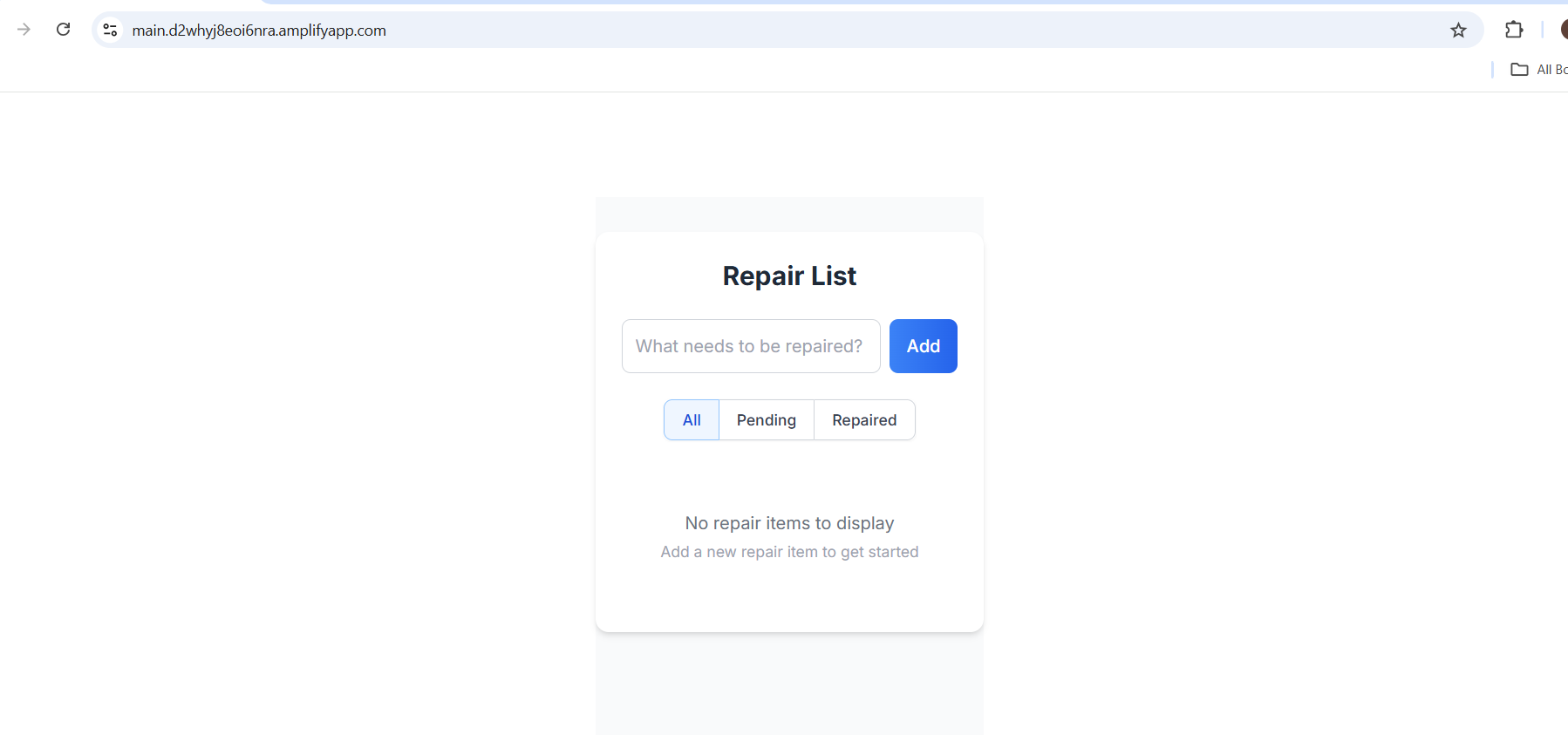5.1 Project Overview
Overview of Project
Scenario:
RepairHub, a local repair services company with 50 technicians across the city, faces service management challenges due to distributed field operations and multiple repair locations.
Our solution:
A cloud-based Repair Management Application hosted on AWS. The architecture features a Next.js frontend on AWS Amplify, Node.js backend on Elastic Beanstalk, and CloudFront for secure content delivery. This scalable application centralizes repair tracking, enables real-time service coordination, and improves workflow efficiency across all repair locations and field teams.
About Project:
In this project, we'll intentionally introduce some errors while building the application, and then walk through the troubleshooting process using services like Amazon CloudWatch. By the end, you'll gain hands-on experience in both application development and diagnosing real-world issues, just like a cloud support engineer!
Steps to be performed 👩💻
In the next few lessons, we'll be going through the following steps.
- Deploying the Backend on AWS Elastic Beanstalk
- Deploying the Frontend on AWS Amplify
- Connecting the Frontend and Backend
- Implementing AWS CloudFront for secure content delivery
Services Used 🛠
- AWS Amplify: Hosting service for the frontend application that provides continuous deployment capabilities.
- AWS Elastic Beanstalk: Managed service for deploying and scaling the backend application.
- Amazon RDS: Managed relational database service for storing application data.
- AWS CloudFront: Content delivery network that provides secure HTTPS connections.
- AWS IAM: Identity and Access Management service for controlling access to AWS resources.
Estimated Time & Cost ⚙️
- This project is estimated to take about 60-90 minutes
- Cost: Free (Using AWS Free Tier)
➡️ Diagram
This is the architectural diagram for the project:
➡️ Final Result
This is what our project will look like, once built:

